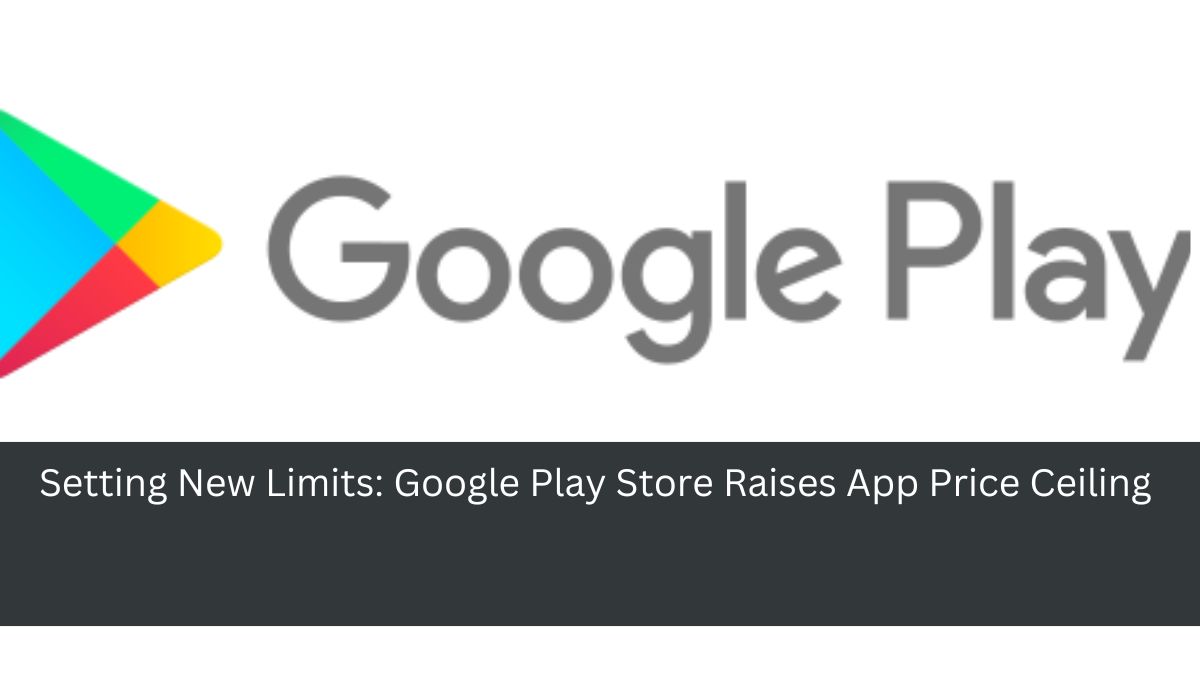Ad Tech
Setting New Limits: Google Play Store Raises App Price Ceiling

In a move that could reshape the landscape of app pricing, Google Play Store has more than doubled its price limit for apps and in-app content, now allowing developers to set prices as high as $999.99. This marks a substantial increase from the previous cap of $400, which had been in place since late 2015.
Unveiling the Change: Google’s Announcement at I/O Conference
The announcement came during the Google I/O developer conference, where the Google Play team revealed the new pricing structure, reflecting the evolving dynamics of the app ecosystem. With this adjustment, developers gain greater flexibility in pricing their products, catering to diverse market demands and preferences.
Expanding Possibilities: Impact on Premium and Enterprise Apps
While the vast majority of apps on the Play Store are unlikely to approach the $1,000 price point, certain segments, such as enterprise software and services with yearly subscriptions, may leverage this opportunity to offer premium offerings. The expanded price limit opens doors for developers to explore new revenue models and tap into niche markets with higher-value offerings.
Evolution Over Time: From $200 to $1,000
The journey to the $1,000 price limit reflects the maturation of the Google Play ecosystem since its inception. Initially capped at $200, the price limit was subsequently raised to $400 in 2015, aligning with the platform’s growth and expanding user base. Now, nearly a decade later, the latest adjustment underscores Google’s commitment to fostering innovation and facilitating diverse monetization strategies for developers.
Driving Adoption: Billing Tools and Payment Options
To facilitate seamless transactions and accommodate diverse pricing structures, Google Play has continuously enhanced its billing tools and payment options over the years. The introduction of installment subscriptions, unveiled at the recent I/O conference, exemplifies Google’s proactive approach to meeting the evolving needs of developers and users alike. By offering users the flexibility to pay over time for long-term subscriptions, Google aims to drive higher subscription sign-ups and increased user spending, further fueling the platform’s growth.
Revenue Dynamics: Google’s Profit Model
Google Play serves as a significant revenue source for Google, with developers leveraging the platform’s billing system to distribute apps and digital goods. Under the current revenue-sharing model, developers are charged a 15% service fee for the first $1 million in earnings annually, with a 30% fee applicable thereafter. This lucrative arrangement incentivizes developers to leverage Google Play’s expansive reach and robust infrastructure, contributing to Google’s overall revenue stream.
Embracing Innovation in App Pricing
In conclusion, Google’s decision to raise the app price limit signals a paradigm shift in app pricing dynamics, offering developers greater flexibility and consumers expanded choices. While the $1,000 price ceiling may seem extravagant for most apps, it opens doors for innovation and experimentation in pricing strategies. As developers navigate this new landscape, it remains to be seen how they will leverage this opportunity to create value for users and drive revenue growth. Amidst these changes, one thing is clear: the evolution of app pricing reflects the dynamic nature of the digital marketplace, where innovation thrives and possibilities abound.
